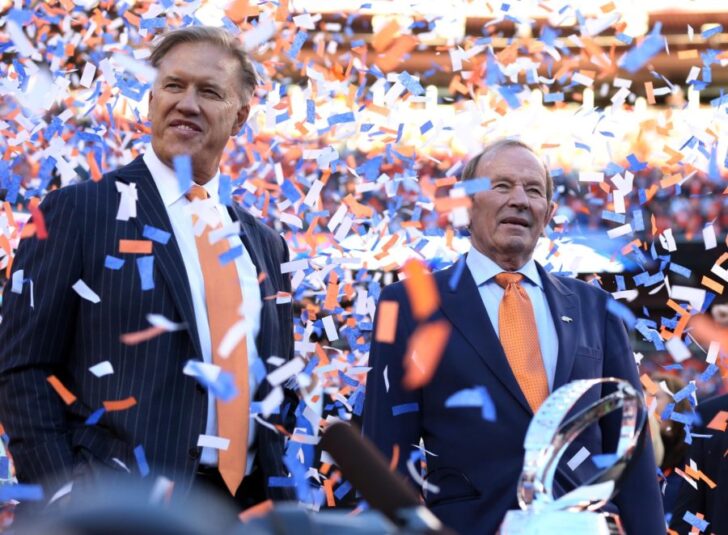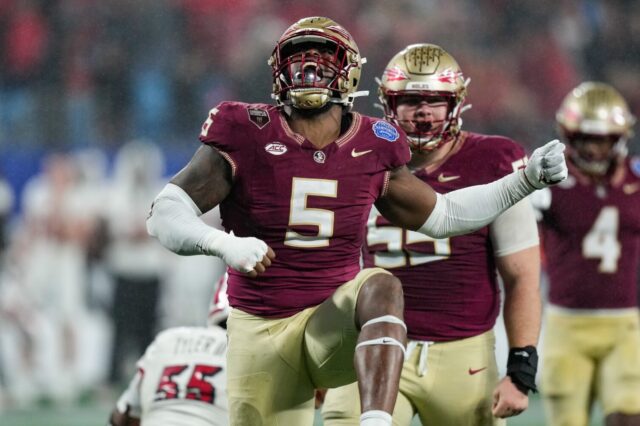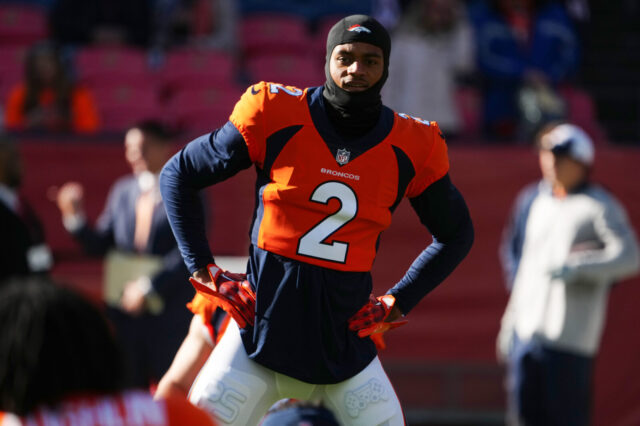In 1999, then Denver Nuggets Team President and coach Dan Issel complained to ESPN that the team’s constant ownership flux was hampering deals he could be making to the Nuggets’ scattershot roster.
“There are probably some things that we would be doing, or at least there are some things that we would consider doing, if we knew what the ownership situation was going to be,” Issel said. “So, just like everybody else, we’re going to have to await the outcome and then go from there.”
The Nuggets and Colorado Avalanche were in the midst of a period where, from 1997 — when Ascent broke from Comsat Corporation and decided to sell their sports properties — and 2000 they went through four different sets of potential owners/sales and were in a constant state of transition. Alternately, Comsat, Liberty Media, Bill Laurie (Stan Kroenke’s brother-in-law) and Denver billionaire Donald Sturm took turns purchasing or agreeing to purchase Ascent Entertainment Group’s sports properties (which included Pepsi Center).
The Nuggets were attempting to rebuild for the fourth time in a decade and were especially hampered by one thing: no one knew who was signing the paychecks.
The Avalanche were in a much different situation, because at that time, unlike the Nuggets, they had a strong management structure from the time they were brought to Denver in 1995. Pierre Lacroix had established himself as an NHL powerhouse as GM and tended to operate without much interference from Ascent. However, even the Avs needed Ascent’s investment in the movie blockbuster Air Force One to sign star Joe Sakic (and build the Pepsi Center).
Considering what an utter mess the ownership situation was, it was remarkable the Avs were able to stay a competitive team — a tribute to Lacroix, for sure.
As a condition of purchase of Ascent Entertainment Group in 1999, Liberty Media required Ascent to sell off its sports properties. This spurred on a chaotic year where no one in the public sphere were even sure the Nuggets and Avalanche were even going to stay in the city of Denver. Meanwhile, both teams needed to operate and somehow field teams as “owners” came in and out the door. Longtime Ascent CEO Charlie Lyons was forced out by Ascent shareholders after they deemed the purchase of the Nuggets, Avs and Pepsi Center by Bill Laurie to be too low in October 1999. For the next year, Ascent was almost as leaderless as the hapless Nuggets. Who was minding the store?
This was the world that Issel was referring to his quote from 1999. The utter chaos that enveloped ownership was paralyzing. The confusion at the top meant there was no clear direction set, and the mutual Team Presidents (Issel and Lacroix) were left largely on their own, with minimal financial guidance from ownership.
Doesn’t this remind you of what is going on with the Denver Broncos?
It was always going to be a painful process after it was sadly announced that owner Pat Bowlen was suffering from Alzheimer’s disease in July 2014, and therefore gave up operational control of the team. The Broncos are nominally owned by what is called The Bowlen Family Trust; a trust comprised of Bowlen’s children. The executors of the Trust (trustees) are Broncos President/CEO Joe Ellis, team lawyer Rich Slivka and attorney Mary Kelly. It is presumed that these three trustees who are supposed elect a successor to Pat Bowlen’s controlling stake in the team among Bowlen’s seven children.
Pat Bowlen’s younger brother, John, announced he is selling his roughly 35% stake in the team in October. While it doesn’t necessarily mean much on who gains controlling interest in the team, it is notable that a Bowlen family member is choosing to get out of the business of football.
With that in mind, every Broncos fan should wonder — and be concerned — why the Broncos have yet to coalesce around a single owner for more than three years after Pat Bowlen stepped down. The longer the uncertainty persists, the more problems it will cause.
Make no mistake, ownership matters. While a majority of us cannot relate to an egalitarian world where one can afford to purchase and run an NFL franchise; it can be said that a strong owner sets the tone in any business. While the reasons for it are understandable, given Pat Bowlen’s tragic illness, in many ways the Broncos are suffering from absentee owner syndrome — and it is something that will only get worse the longer this is allowed to linger.
You can have the strongest team president and general manager in the business, but if you aren’t certain who is signing the checks, it becomes a breeding ground for unaccountable actions, egos and more. The 1997-2000 Nuggets were a rudderless ship. A team that was looking to be sold by owners who wanted nothing to do with owning them anymore. A team that couldn’t do what it needed to, because no one was sure who will be making decisions for them. It turns the already difficult task of building into a nearly impossible one.
If you talk to Broncos insiders, they’ll tell you it’s just a matter of time before one of the Bowlen children is elected as controlling owner. How sustainable are the Broncos in the meantime? Ask the Nuggets and Avalanche? Three years is a really long time to be without a true owner, and right now, no one has emerged as that owner.
It’s best for all Broncos fans and people who care about the flagship organization in Denver to start paying attention to what’s going on with team ownership. Pat Bowlen was not only the best owner in Broncos history, he is the best sports owner in Denver history. His shadow remains considerable over an organization that expects to win. Without Bowlen there to set the tone, how long will it be before the rot sets in because there’s a vacuum left from the position he used to hold with considerable strength and a steady hand? As strong a leader as John Elway and Joe Ellis appear to be, even they need someone to be accountable to.
The urgency to find that single leader needs to be publicly demonstrated before those cracks appear, because the Broncos are more than just a business — a property — they are in many ways, the very heartbeat of Denver.



